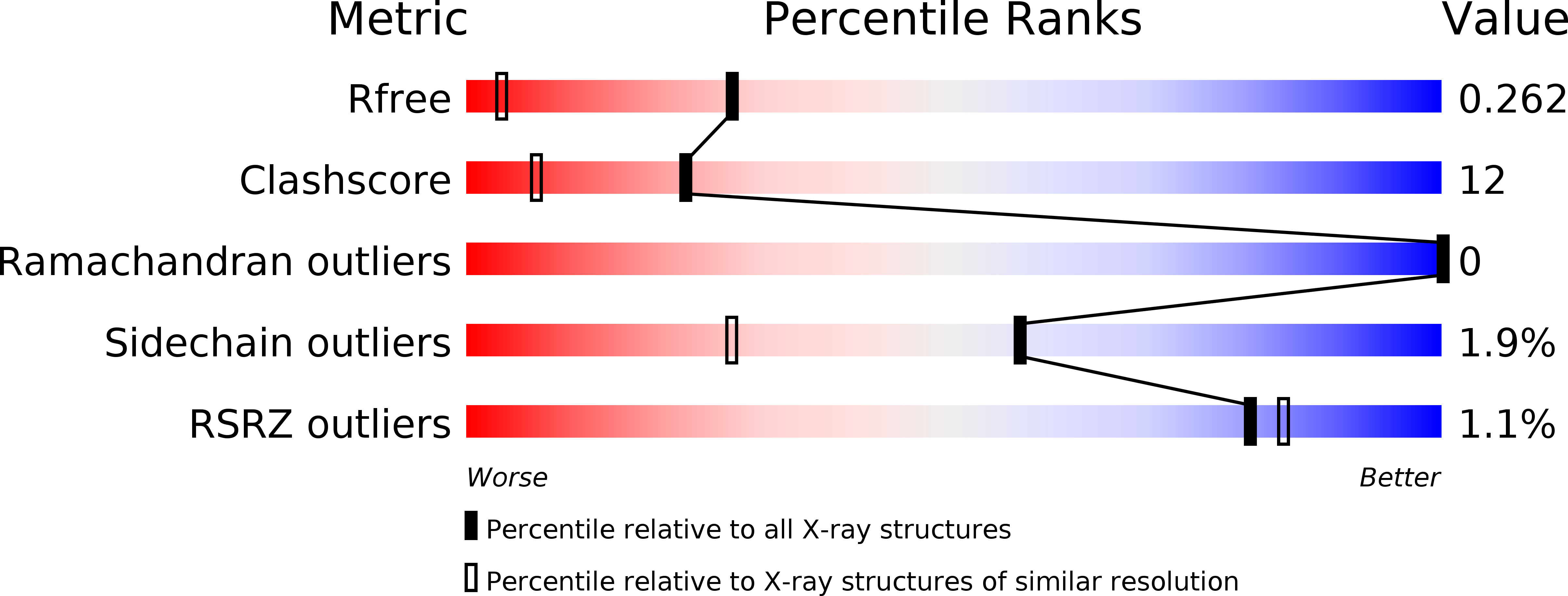
Deposition Date
2008-05-02
Release Date
2009-04-14
Last Version Date
2024-11-20
Entry Detail
PDB ID:
3D0Y
Keywords:
Title:
Crystal Structure of S100B in the Calcium and Zinc Loaded State at pH 6.5
Biological Source:
Source Organism:
Homo sapiens (Taxon ID: )
Host Organism:
Method Details:
Experimental Method:
Resolution:
1.50 Å
R-Value Free:
0.26
R-Value Work:
0.20
R-Value Observed:
0.20
Space Group:
P 1 21 1


